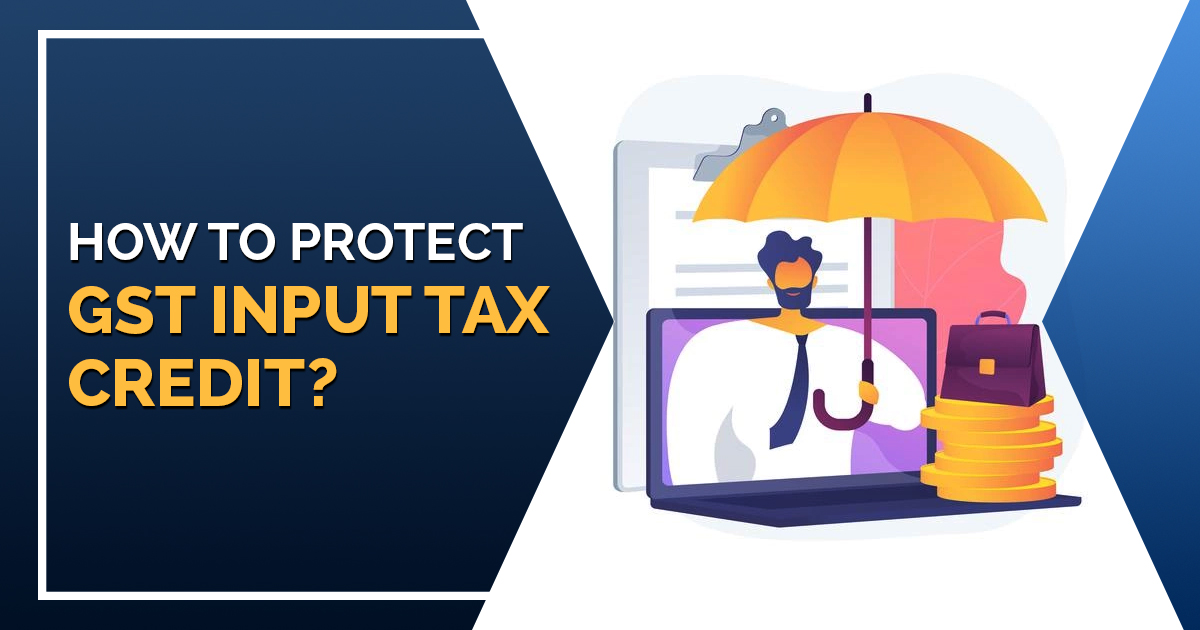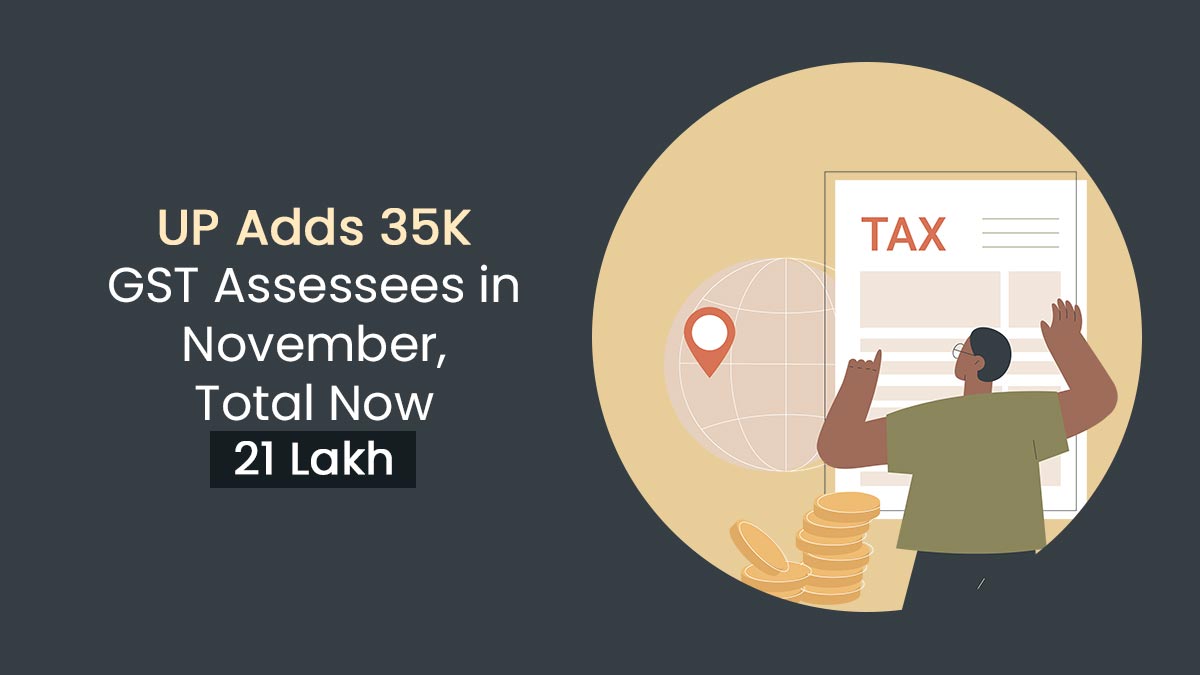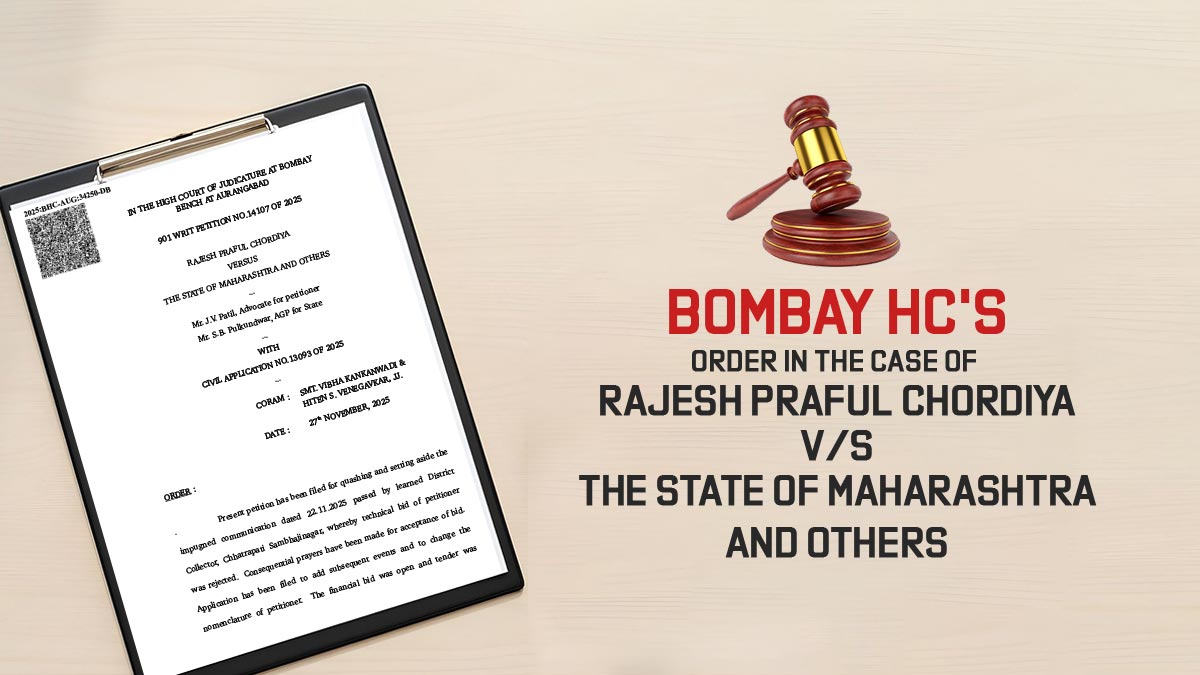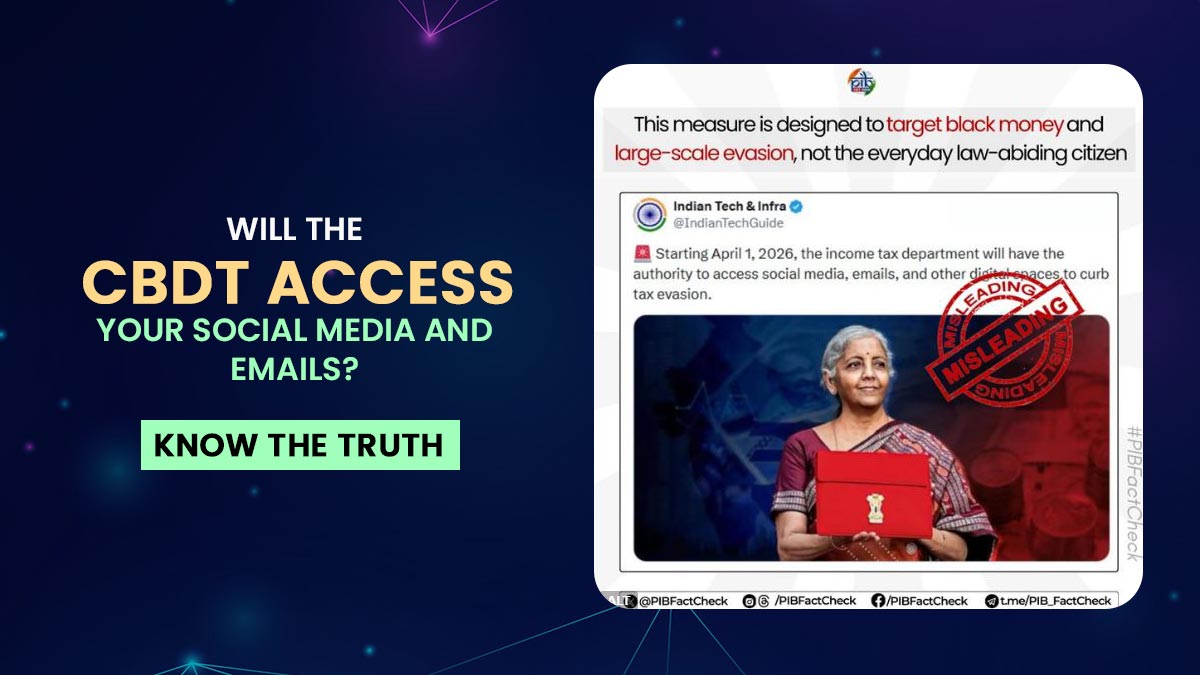
Under GST the new year 2022 is going to draw the important amendments in the way of claiming the GST ITC via assessee. Another condition to claim the GST ITC via the recipient of goods and services made by the Finance act 2021 would get effective from 1st Jan 2022.
Through the forthcoming amendments, the ITC on the invoice debit note would be claimed via a recipient in the case when the information of these invoices or debit note has been filed via a supplier in his outward supplies GSTR-1 and this information has been given to the recipient of these invoice inside Form GSTR-2B.
A buyer would not get the credit towards the tax furnished if the supplier does not upload the invoice and furnish the returns on the GST portal at the mentioned time.
When the supplier’s losses to upload the invoice and furnish the returns on the GST portal in the given time then the buyer would not get the credit for the tax filed by him. From now the assessee would not be benefited to avail the 5% provisional ITC as permitted beneath the mentioned law.
Outcomes on the Businesses Upon the Tax Amendments
One of the major severities of the mentioned change is that it the same would surge the dependency of recipients on their suppliers to claim any input tax credit towards their supplies.
The ITC would not be given on the supplies despite other conditions being correct to claim ITC until the suppliers report their suppliers on the GST portal and are seen in their auto-drafted GSTR-2B.
The 2 responsibilities on assessee will be drawn from this one to ensure their own true compliance and the other is to ensure true compliance via their suppliers. But if they do not perform that they would not get ITC because of the drawback of their suppliers.
Vendor Agreements: Method that Businesses Can Protect their GST ITC
Through tough GST provisions, it is essential for businesses to protect via introducing these strict and stubborn clauses inside their vendor agreements that save them from losses that might be incurred because of failure upon the portion of the supplier to upload the invoices or wrong invoice uploading of supplies beneath GSTR-1 or any problem occurred and subjected them to offset or recover that via these defaulting suppliers.
Read Also: ITC Effect of GSTR 1 Return Subject to 10% ITC for Purchase
Disagreements in the Civil Suits
Until strict law is inserted in the vendor agreements the recipient will go with the hardships to avail any remedy beneath GST law for the concern of any loss that happened through them because of the non-compliance of the supplies. Hence the last lawful action that is available for them would be to furnish the civil suits to recover which is a longer procedure.
In-house Processes Improvement for GST ITC Retainment
So as to prevent the issues, businesses must make in-house processes towards the concerned stakeholders like accounts subjected to pay the team, tax team, finance team, and more to ensure the lawful GST input tax credit does not fail.
For example, the accounts payable team must ensure that the payment for any invoice does not build until that gets available on the GST portal. Similar to that the tax team must be sure that no input tax credit is availed upon any invoice until that gets displayed on the GST portal as it results in rejection of ITC subsequently.
Solutions for Businesses to Save ITC Under GST
With time the reconciliation from the data available on the portal prior to availing ITC rigorous follows up with vendors for timely reporting of their invoices, email communications with the suppliers in case of non-reporting or misreporting, holding payments of non-compliant vendors, etc. holds some practical solutions that would be executed through the business at their end to ensure the legal ITC excluding affecting the companies cash flow.
Closure:
In the last, it is not effective to mention that posing the same restrictive provisions drives on the opposite side of the purpose behind the GST regime whose purpose is to remove out the cascading impact of taxes which lasts beneath the former compliance and to permit the free credit movement.
There is no question on the combating action towards the fake invoicing implemented by the government however that the same action should not bother bonafide taxpayers by increasing compliance load on them.









